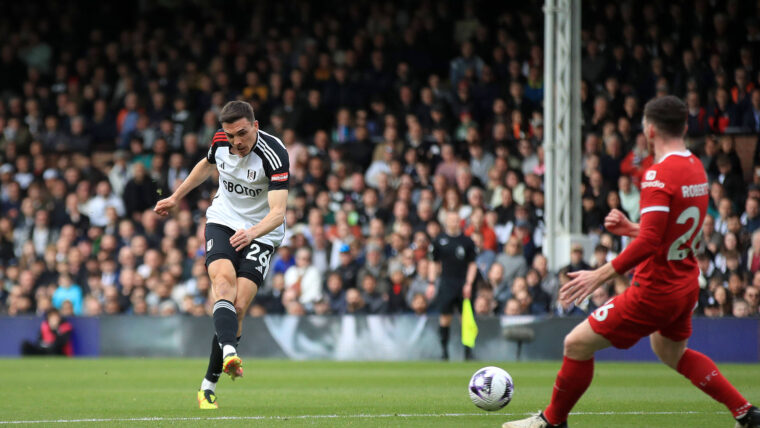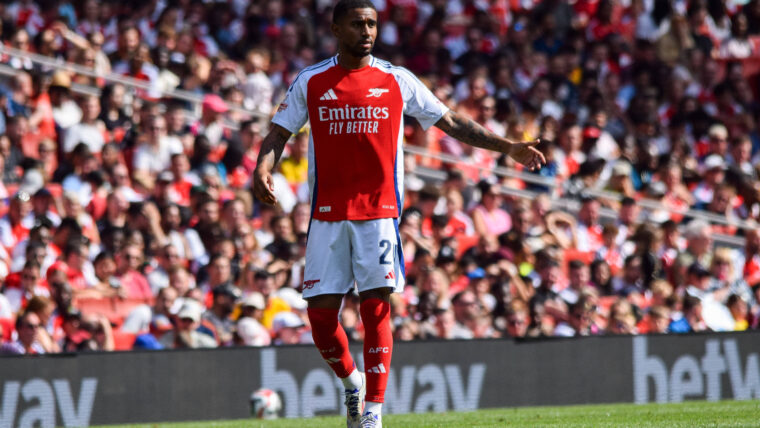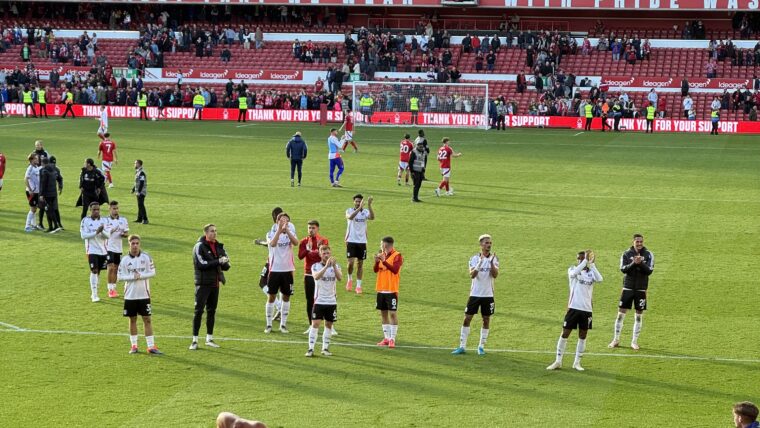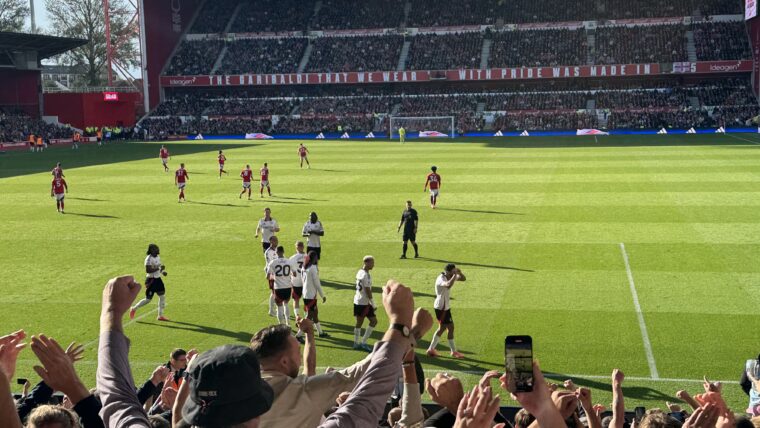Where’s the resale value in this Fulham squad?
Written by Alex Mackenzie on 20th February 2024
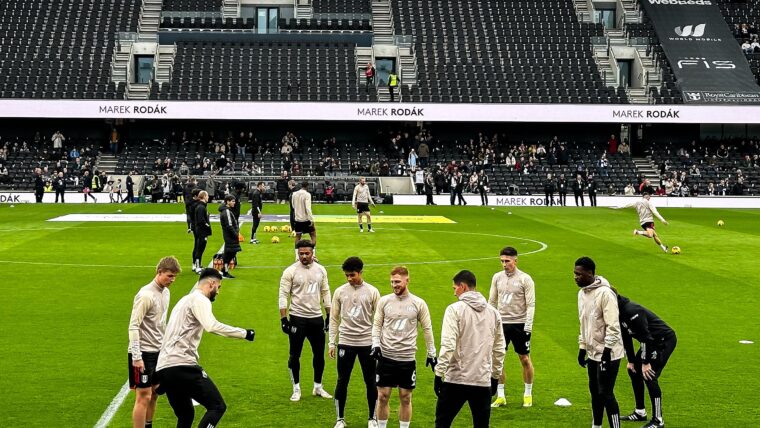
As Fulham approach a period of rebuilding (though we’ve been in one for years if you count the Riverside Stand), the club and its hierarchy will have (one would assume) examined the financial value of the group of players it currently has.
The average age of the Fulham squad is one of the highest in the Premier League; the team relies very much on players either in their prime or (in the eyes of football) past it. But make no mistake, there are a few young talents that are making their way through, and this is where Fulham will have to be savvy as the summer approaches, provided they stay in the Premier League of course.
The established model
Providing a breeding ground for talent is recognisable model for a lot of clubs that sit outside the traditional top six. Understandably named the selling clubs, the other 14 are responsible for honing talent that is developed at youth level and give younger players game time in a squad that isn’t as competitive as the likes of Manchester City or Arsenal.
This is how most clubs operate across European – and indeed global – football. Selling clubs grow by staying competitive in the top division and sell their top talent at the right time, all the while scouting and reinvesting in the next stars. It’s a model followed by Ajax, one of the most famous clubs in Europe, and now Aston Villa, who are currently fielding one of the best teams in the Premier League. For these clubs, growth comes from the sale of players who’ve been at the club since the age of six or younger, as was the case with ex-Villa academy graduate Jack Grealish. Tottenham operate in much the same way; Harry Kane’s sale will eventually pay dividends too.
The academy conundrum
So, can Fulham find that critical resale value in our players who come straight from academy and make it to the top? One potential snag is if the team needs points to stay up – they can’t risk playing inexperienced players in a relegation dogfight. Though not in the mire at present, the Whites aren’t yet an established side that looks up instead of down. So, the likes of Jay Stansfield, Luke Harris and Martial Godo have been excluded from first team action and shipped out on loan. They will have to wait for first team minutes before they get the chance to stand out. Adam Pajiziti and Luc De Fougerolles also look like potential starlets. But they have been kept in the PL2. With the squad seeing the likes of Tosin and Bobby De Cordova-Reid out of contract in the summer, Fulham will have to find room for their young talent over the seasons ahead, or spend big to fill the gaps.
Stansfield has impressed at Birmingham this season. Regular first team action in what has been a difficult season at the Blues was the preferred method for his development. Next season it will be up to Marco to decide how much action he gets. If he continues to play well then I imagine the club will want to give him minutes next year. Otherwise, it will be one more loan spell, where he will have to be a stand-out performer in order to make the team. But by that point he’ll be nearly 23, and with only Championship minutes under his belt, his value will restrict.
Fulham have also signed young players who may not be from the academy, but do still have resale value. The likes of Muniz, Bassey and Robinson all look like they can make a top-level jump (Muniz still has some convincing to do, but he’s only 22). Then there is, of course, Joao Palhinha. While not a youngster, the Whites are almost certain to more than double their initial £20m outlay on the midfielder this summer, thanks to his consistent performances – and newly-signed deal. This may be the preferred mechanism for Fulham to reach the profitability levels they have in mind.
Missed opportunities
In the past young talent has been bred at Fulham, but never truly capitalised on. Meaning the young players who are bought, rather than home grown, stand more a chance of contributing to resale value. There are a few examples of where Fulham have shown that handling young talent hasn’t been their best route to long-term growth.
Matt O’Reilly should have been given more time in a Fulham shirt; the highly regarded youth prospect was let go by Scott Parker who didn’t want to give too much responsibility to a young player, opting instead to give minutes to Tom Cairney (rightly) and Harry Arter (wrongly). So, O’Reilly went instead to Celtic, where they could foster his talent by giving him minutes in a team that was full of quality and not under constant pressure. Fulham haven’t had this luxury that comes with less pressure, but there is a question of not being able to handle top talent that is being raised here.
Fabio Carvalho was in the form of his life when he left for around £10m at the end of Fulham’s most recent promotion season. Disappointingly, he’s now gone back to the Championship to see if he can help Hull’s play-offs push. If Fulham had tied him into a long-term deal earlier or at least kept him on for one more season, then we could have seen more of a return on investment. When Ryan Sessegnon was sold to Tottenham, it was after he’d had a full year in the Premier League, and it was for more than double the amount. Albeit the club got relegated, but the point remains, Fabio could have been given more time. The £10m would have come in one accounting period on Fulham’s books, but giving him more minutes in a team that was much more likely to stay up the following year, would’ve been a risk worth taking to raise resale value.
Going forwards
So maybe these serve as an example, given Fulham must prioritise performance each week – spotting talent and signing them from other clubs where they already proved themselves, seems the most risk-free way to see profit. The loan-to-buy market, which despite being proved fruitful on occasion, isn’t quite as reliable. The option to buy may not get exercised for various reasons.
Nonetheless, if Fulham desire to have money that goes straight back into the transfer funds budget, selling academy talent is the truest form of sustainable profit. Relying on transfers can be too dependent on the negotiation of various clauses. Staggered fees and performance-related add-ons can frequently make transfers appear to be something they are not.
Fulham may have learnt their lesson from selling top talent at the wrong time, and the result at Aston Villa this weekend really illustrates the point that profitability-focused development leads to progress in the first team. Fulham have a few players in the ranks that have potential; will they see resale value that impacts performance and club growth? Or will they end up risking less and reverting to the more experienced heads for a sustainable future? Over this summer and beyond, watch this space.
